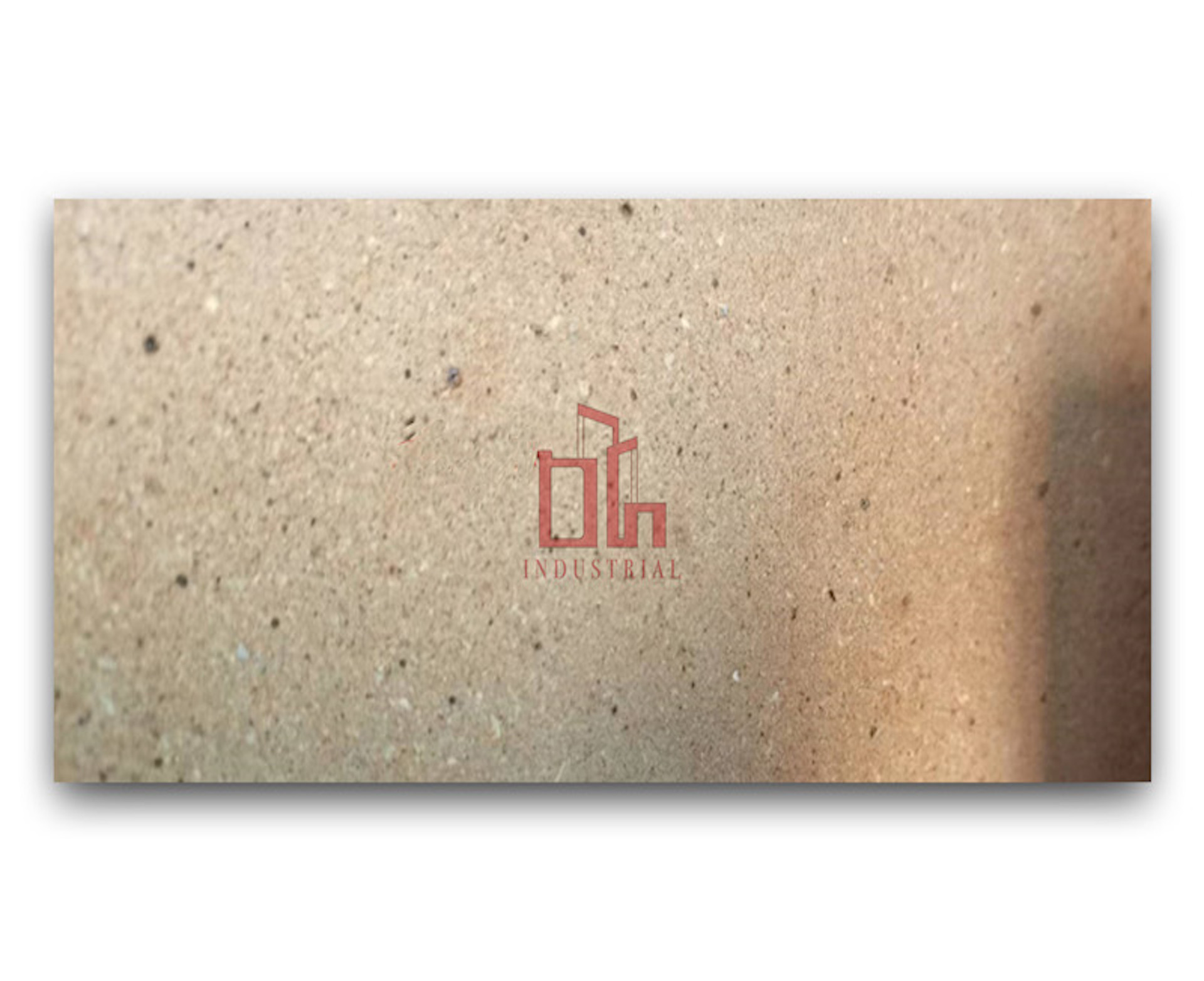Introduction to two standard brick types - B622, B322
Feb 27, 2024At present, most of the cement rotary kiln refractory bricks used in our country adopt two standards: VDZ standard (German standard) and ISO standard (international standard). The VDZ standard brick type is smaller and is suitable for alkaline bricks with large expansion, such as magnesia-aluminum tip. Fine stone bricks, magnesia-iron fine stone bricks and direct bonded magnesia-chromium bricks, etc. The characteristic of this brick is that its isosceles trapezoidal cross-section centerline width is a fixed length of 71.5mm. Taking the 5000t/d kiln as an example, the effective inner diameter of the kiln barrel is 4.8m, and B622 bricks are generally used in conjunction with B322 bricks. The "6" and "3" represent that the brick is used in a kiln with a diameter of 6m and 3m respectively, and the "22" behind it represents that the brick thickness is 220mm.
 Carbon-containing ladle lining bricks will cause carbonization of molten steel during use, which is very detrimental to the smelting of clean steel, low carbon steel and ultra-low carbon steel. In order to meet the needs of clean steel, low carbon steel and ultra-low carbon steel smelting, high-grade aluminum-magnesium non-burning bricks (carbon-free non-burning bricks) were developed. Compared with the water glass-bonded aluminum-magnesium unburned bricks developed in the early 1980s, high-grade aluminum-magnesium unburned bricks are a qualitative leap forward. In addition to using high-purity raw materials (corundum, high-purity fused magnesite and high-purity aluminum-magnesium spinel, etc.), the binder also uses high-performance composite binders.
Carbon-containing ladle lining bricks will cause carbonization of molten steel during use, which is very detrimental to the smelting of clean steel, low carbon steel and ultra-low carbon steel. In order to meet the needs of clean steel, low carbon steel and ultra-low carbon steel smelting, high-grade aluminum-magnesium non-burning bricks (carbon-free non-burning bricks) were developed. Compared with the water glass-bonded aluminum-magnesium unburned bricks developed in the early 1980s, high-grade aluminum-magnesium unburned bricks are a qualitative leap forward. In addition to using high-purity raw materials (corundum, high-purity fused magnesite and high-purity aluminum-magnesium spinel, etc.), the binder also uses high-performance composite binders.
High-grade aluminum-magnesium unburned bricks have achieved good results when used on ladles. Their service life reaches or even exceeds that of carbon-containing ladle lining bricks, while reducing the carbonization of molten steel. For example, the aluminum-magnesia non-burning bricks developed by a refractory company in Henan are used on 100t ladles and LF refining ladles in a steel plant. Their service life is 1.5 times that of aluminum-magnesia carbon bricks. Angang's 200t ladle uses aluminum-magnesium unburned bricks for more than 110 times, with a maximum of 128 times. The service life of the 170t continuous casting ladle reaches 119 times, which exceeds that of alumina-magnesia carbon bricks. Baosteel's 300t continuous casting ladle stopped using alumina-magnesia carbon bricks in June 1998 and began to use high-grade alumina-magnesia unburned bricks.